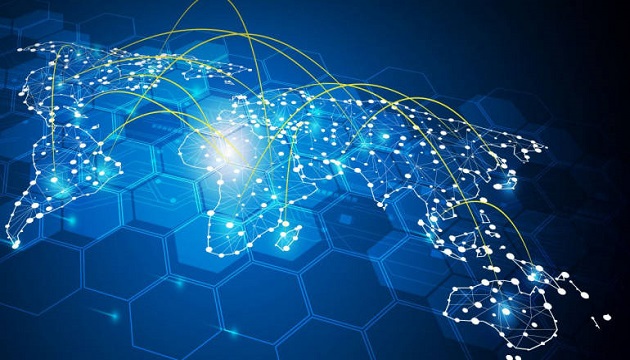With digital transformation gaining traction and the acceleration of next-gen technologies such as Blockchain, Artificial Intelligence (AI), Machine Learning (ML) and others, organisations are becoming future-ready.
The Indian IT industry will be marching at a greater pace than ever towards Industry 4.0 by adhering to future technologies through digital transformation. Gartner estimates that IT spending in India will total $94 billion in 2020, an increase of 6.6% compared to the current levels.
Here are some of the top technology trends to watch out for in 2020 –
Intelligent Automation (RPA and AI) – moving to a collaborative model
As cognitive technology deployments mature, value-centric activities will gain mindshare in the future. Combining cognitive technologies would allow bots to work in more complex scenarios that would typically require human judgment or decision making.
The investment of global enterprises in Intelligent Automation (IA) is on the rise with BFSI, retail and consumer packaged goods (CPG) being the key driving sectors.
While ML, predictive analytics and autonomics are moving up the maturity curve, AI-enabled chatbots and virtual assistants are already being used widely. Gartner predicts that 25% of customer service operations will be using virtual customer assistants by 2020.
24/7/365 business processing with seamless automation is feasible with an AI-enabled ERP. Integrating ERP with RPA technology can replace mundane and repetitive processes with nimble and agile process automation to achieve quick ROI. As per estimates, 40% of RPA adopters moving beyond experimentation with AI-enabled processes.
Hybrid Cloud Computing – adoption moving to newer areas
Global cloud computing spending is predicted to almost double by 2022. Hybrid cloud adoption saw a big rise in recent years, with an expected CAGR of 17%. The security features on cloud have become promising and it is becoming a priority to safeguard and protect application data and infrastructure.
High cloud adoption is observed in finance and accounting, supply chain and logistics, and IT management. The emerging areas are customer management, marketing, procurement and manufacturing and operations. On demand scalability and optimal utilization as per demands can facilitate cost savings by migrating to an ERP on cloud.
Internet of Things – moving to cloud-edge architecture
Investments in IoT technology services is growing faster than that in IoT products. Cloud service providers, analytics and infrastructure providers are driving the IoT solutions market. As a technological shift, IoT is moving from a centralized to a cloud-edge architecture and moving away from conventional processor chip enabling new edge architecture.
In the Indian market, 20 billion devices are to be connected to IoT by 2021. IoT is growing at a rapid pace and its adoption is spreading into various industries such as telecom, healthcare, retail, automobiles, manufacturing, supply chain, and service operations. However, security remains as one of the barriers.
Industrial IoT (IIoT) opportunity is set to surpass consumer internet by 2020. IIoT enables seamless dataflow across systems/applications/equipment and ERP for centralized monitoring, management and control centre.
Blockchain – moving to a business case centric model
Globally and in India blockchain has progressed to different levels of maturity, and in India, it is looking promising. The government is the most critical stakeholder and enabler of blockchain; while BFSI leads adoption in India.
Currently, 40+ blockchain initiatives are being executed by the public sector in India. At nearly 50%, BFSI has the maximum production level implementations in India. Logistics, retail, and manufacturing account for nearly 25% of blockchain implementations.
Blockchain is transforming from the experimental model to a business case centric model, which will result in more projects moving to the production phase where over 70% of implementations will deliver cost savings or operational efficiencies.
Integration of finance and supply chain domain with blockchain using industry-specific blockchain scenarios will be facilitated by modern ERPs. Blockchain enhances the existing benefits of ERP system to another level.
Industrial Robotics – a strong use case in ERP
Automotive is one of the leading verticals for industrial robotics and recently demand has been driven by tier 1/ tier 2 suppliers. Original Equipment Manufacturers (OEMs) are pushing suppliers to invest in robotics to ensure better quality and faster production. Collaborative robots (Co-Bots) allow sharing heavy payloads and improve cycle times achieving an optimal degree of automation.
Strong growth of the e-commerce industry in India and of logistics subsequently has pushed automation to keep up with high throughput requirements. ERP could not be better automated without robotics forming part of most manufacturing automations.
Mr. Padmanabhan Iyer, Managing Director and Global CEO, 3i Infotech.









